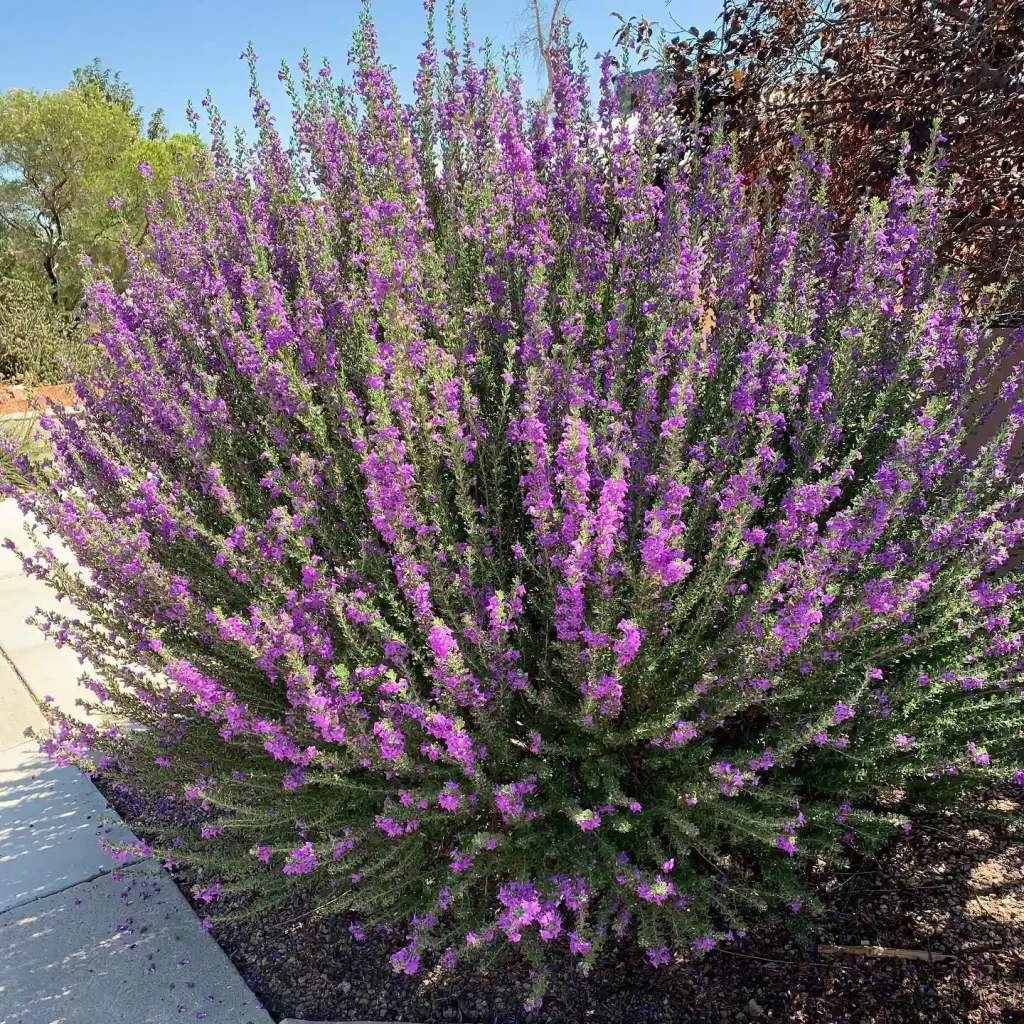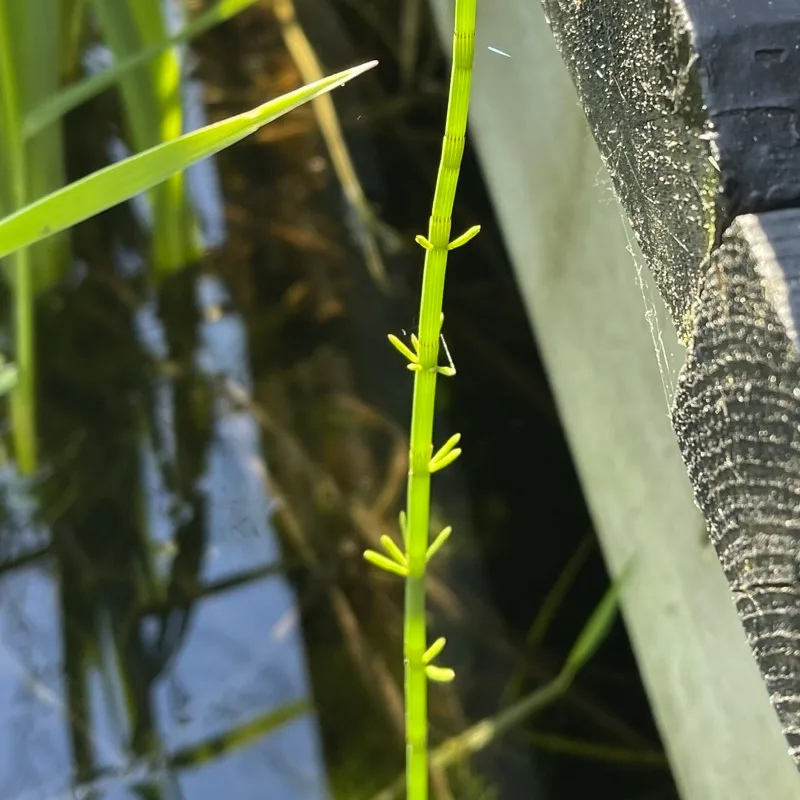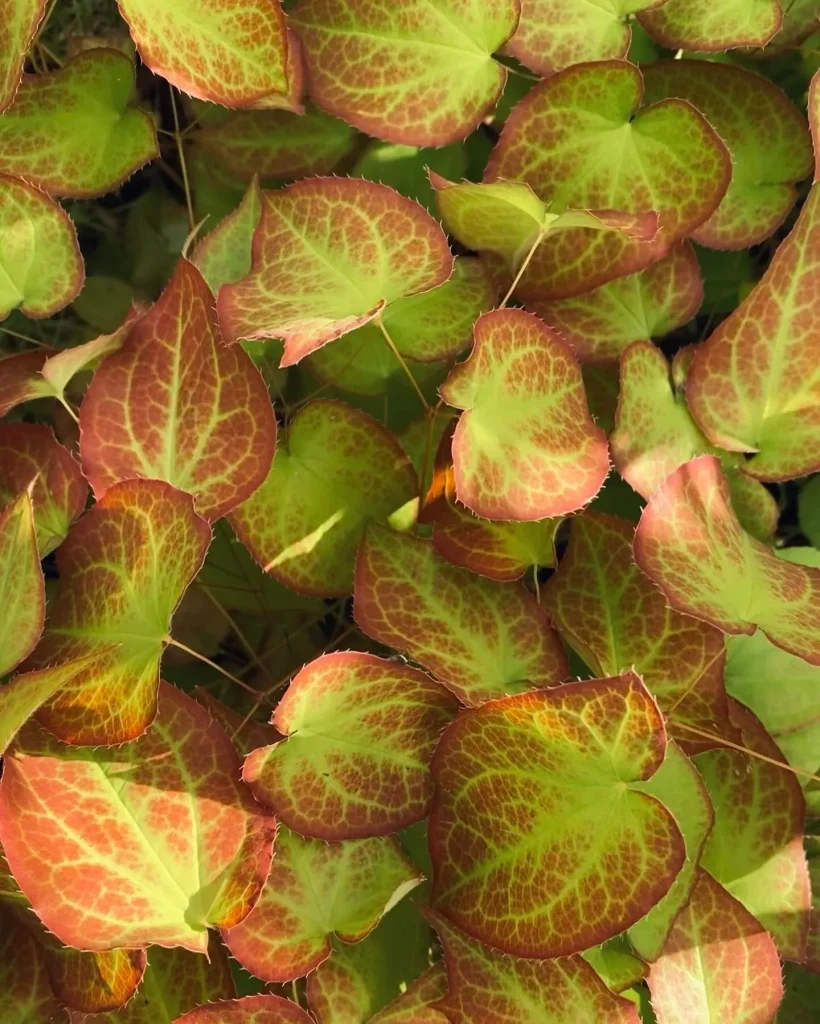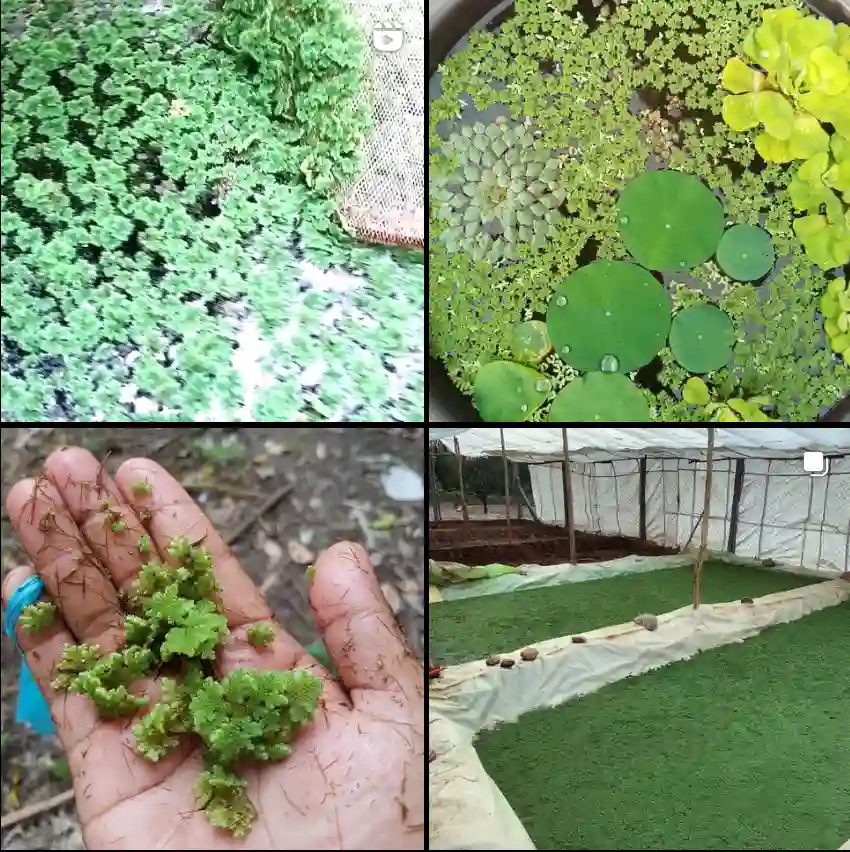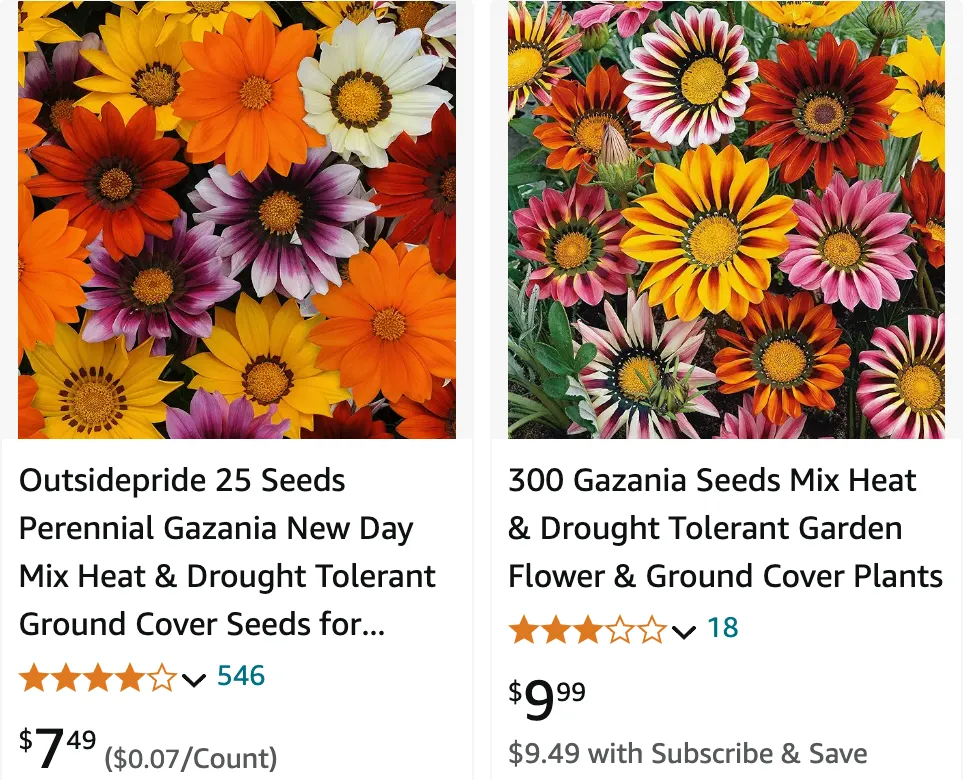
September 11 – Gazania
"Gazania, the treasure flower, defines September 11."
Gazania symbolizes boldness and beauty. You stand out with your vibrant personality. Like its striking petals, your spirit is unforgettable.
Gazania: A Burst of Sunshine in My Garden
As an avid gardener, I’m always on the lookout for vibrant and resilient plants to add to my collection. One genus that has truly captured my heart is Gazania. These South African beauties, also known as treasure flowers, bring a burst of sunshine to any garden with their dazzling, daisy-like blooms.
Gazania belong to the Asteraceae family, come in a wide array of colors, from fiery oranges and reds to sunny yellows and delicate pinks. What’s more, many varieties feature striking stripes or rings, adding another layer of intrigue to their appearance. I find myself drawn to their cheerful faces whenever I step into my garden.
But Gazanias are more than just a pretty face. These tough plants are remarkably low-maintenance, tolerating poor soil and dry conditions. This makes them ideal for gardeners of all skill levels, including beginners like myself. I’ve even had success growing them in containers on my balcony, where they brighten up my urban surroundings.
One of the things I love most about Gazanias is their resilience. They bloom profusely throughout the summer, and even into the fall in milder climates. Their flowers close at night and on cloudy days, a fascinating behavior that reminds me of their origins in the sunny African landscape.
A Diverse Family with Something for Everyone
The Gazania genus boasts a diverse range of species, each with its unique charm. Here are:
- Gazania caespitosa Bolus
- Gazania ciliaris DC.
- Gazania heterochaeta DC.
- Gazania jurineifolia DC.
- Gazania krebsiana Less.
- Gazania lanata Magee & Boatwr.
- Gazania leiopoda (DC.) Roessler
- Gazania lichtensteinii Less.
- Gazania linearis (Thunb.) Druce Plant FAQs: Gazania Linearis – Treasure Flower
- Gazania maritima Levyns
- Gazania othonnites Less.
- Gazania pectinata (Thunb.) A.Hartw.
- Gazania rigens (L.) Gaertn. Plant FAQs: Gazania Rigens – Treasure Flower
- Gazania rigida (Burm.f.) Roessler
- Gazania schenckii O.Hoffm.
- Gazania serrata DC.
- Gazania splendidissima Mucina, Magee & Boatwr.
- Gazania tenuifolia Less.
- Gazania thermalis Dinter
Are Gazanias Perennial?
Gazanias can be both perennial and annual, depending on the climate. In warmer regions, such as USDA zones 9-11, they are typically grown as perennials. In cooler climates, they are treated as annuals because they cannot survive the frost. As perennials, they can provide bright blooms year after year.
Why Are My Gazanias Dying?
There are several reasons why your gazanias might be struggling. Overwatering is a common issue; these plants prefer well-drained soil and can suffer from root rot if kept too moist. Lack of sunlight can also be a problem since gazanias thrive in full sun. Pests like aphids and diseases such as powdery mildew can also affect their health. Ensuring they have the right conditions can help them flourish.
What Do Gazania Seeds Look Like?
Gazania seeds are small and fluffy, with a dandelion-like appearance. They are typically light brown and attached to a small tuft of white hairs, which aids in wind dispersal. Harvesting seeds from spent flowers can be a great way to propagate new plants.
Are Gazanias Deer Resistant?
Yes, gazanias are generally deer resistant. Their tough, leathery leaves are not particularly appealing to deer, making them a good choice for gardens in areas where deer are a problem. However, no plant is entirely deer-proof if food is scarce enough.
Do Gazanias Self Seed?
Gazanias can self-seed, especially in ideal growing conditions. If you leave the spent flowers on the plant, they will eventually produce seeds that can drop to the ground and germinate. This can result in new plants popping up in your garden the following season.
Do Rabbits Eat Gazania?
Rabbits typically avoid gazanias due to their slightly bitter taste and tough foliage. However, if food is scarce, rabbits might nibble on them. To protect your plants, you might consider using a rabbit deterrent or fencing.
How to Deadhead Gazanias?
Deadheading gazanias is simple and helps encourage more blooms. To deadhead, simply pinch or cut off the spent flowers at the base of the stem. This prevents the plant from putting energy into seed production and instead focuses on producing more flowers.
Are Gazanias Poisonous to Dogs?
Gazanias are considered non-toxic to dogs, making them a pet-friendly choice for your garden. However, it’s always a good idea to prevent pets from chewing on any garden plants, as ingestion can sometimes lead to stomach upset.
How to Prune Gazanias?
Pruning gazanias is straightforward. Regularly removing spent blooms and trimming back leggy growth can keep the plant looking tidy and encourage more blooms. In perennial varieties, cutting back the foliage in late fall can prepare them for winter dormancy.
Are Gazanias Drought Tolerant?
Yes, gazanias are highly drought tolerant. They are native to South Africa and have adapted to thrive in dry conditions. Once established, they require minimal watering, making them ideal for xeriscaping or gardens with water restrictions.
Gazania vs African Daisy?
Gazania and African daisy are often confused because of their similar appearance. While both have daisy-like flowers, gazanias tend to have a more compact growth habit and can tolerate poorer soils and hotter conditions better. African daisies, on the other hand, have a broader range of colors and can grow taller.
Gazania vs Zinnia?
Gazania and zinnia are both popular for their bright, showy flowers, but they have different growing requirements. Zinnias prefer richer soil and more consistent moisture, while gazanias thrive in poorer, well-drained soil and are more drought-tolerant. Zinnias also have a broader range of flower shapes and sizes.
Gazania Rigens vs Linearis?
Gazania rigens and Gazania linearis are two common species. Gazania rigens, also known as treasure flower, is more widely cultivated and known for its large, colorful blooms. Gazania linearis has narrower leaves and smaller flowers but is equally hardy and drought-tolerant. Both can add vibrant color to your garden.
How to Care for Gazanias?
Caring for gazanias is relatively easy. Plant them in well-drained soil and full sun. Water them sparingly, allowing the soil to dry out between waterings. Deadhead spent flowers to encourage new blooms and protect them from frost if you’re in a cooler climate.
How to Propagate Gazanias?
Gazanias can be propagated by seeds, cuttings, or division. Seeds should be sown in a well-draining mix and kept warm and moist until germination. Cuttings can be taken from healthy plants and rooted in a sandy mix. Division involves splitting mature plants into smaller sections, each with roots, and replanting them.
What to Plant with Gazanias?
Gazanias pair well with other drought-tolerant plants like lavender, sedum, and yarrow. Their bright flowers also complement ornamental grasses and succulents. When choosing companion plants, consider those with similar sunlight and watering needs to create a cohesive garden design.
Gazanias are a versatile and hardy choice for any garden. Their bright blooms and low maintenance make them a favorite among gardeners. Whether you’re looking to add color to a sunny spot or create a drought-tolerant landscape, gazanias are an excellent option.
If i die, water my plants!
